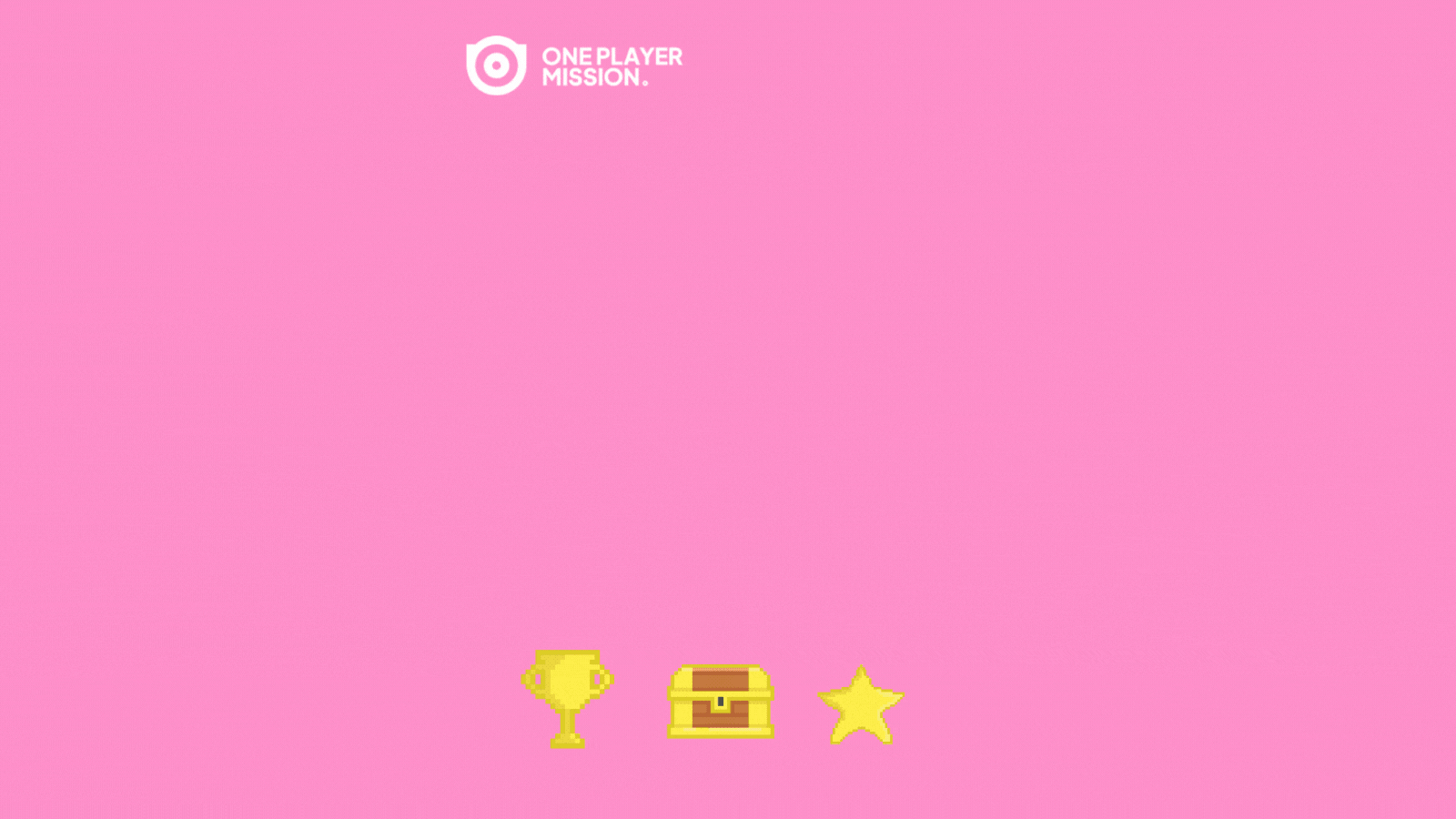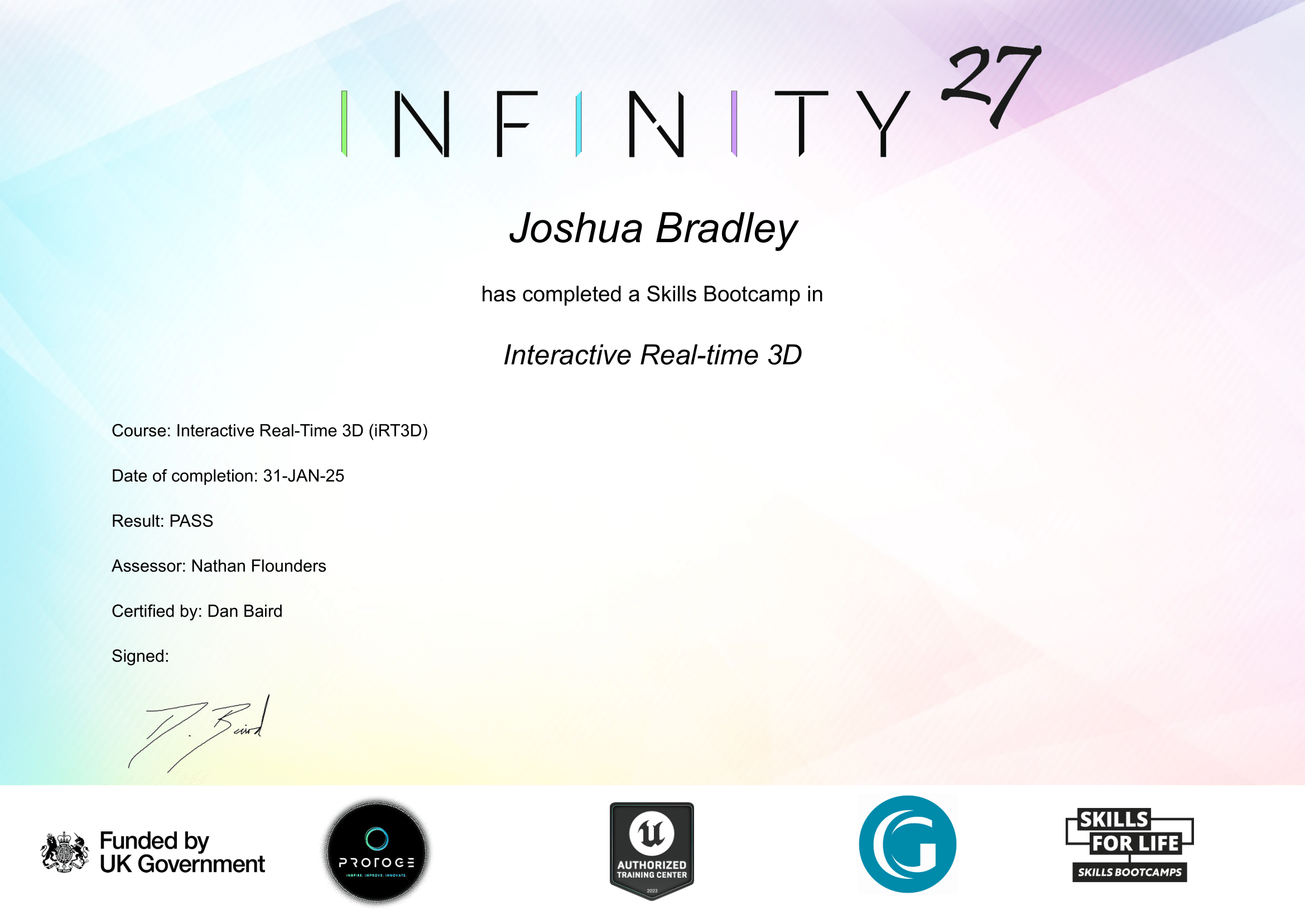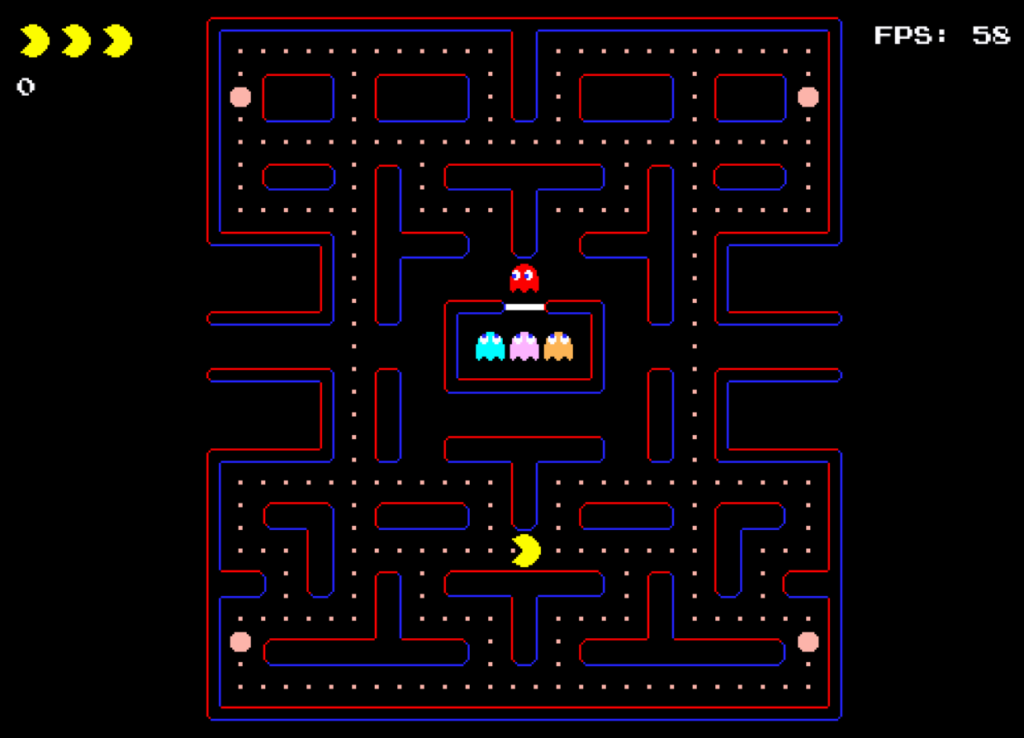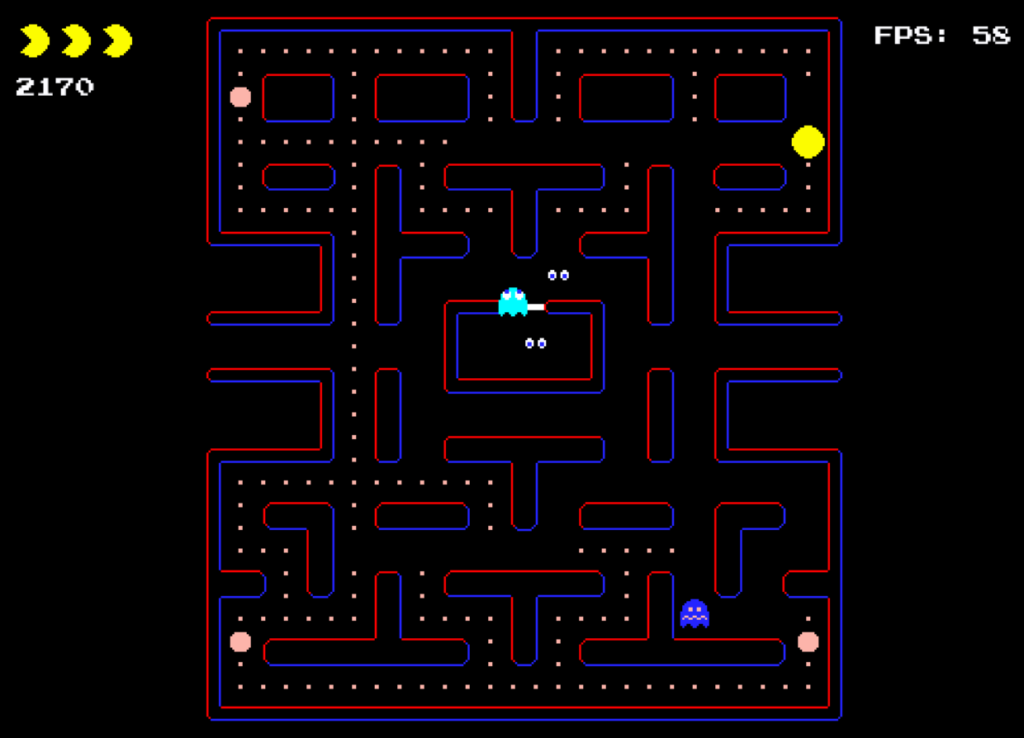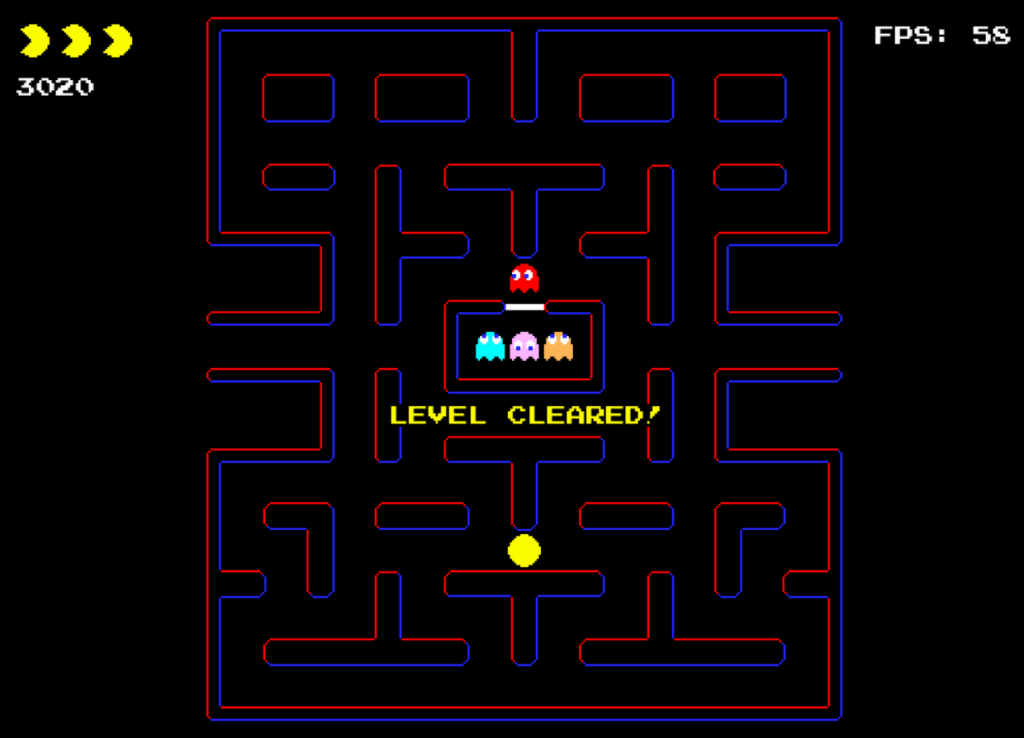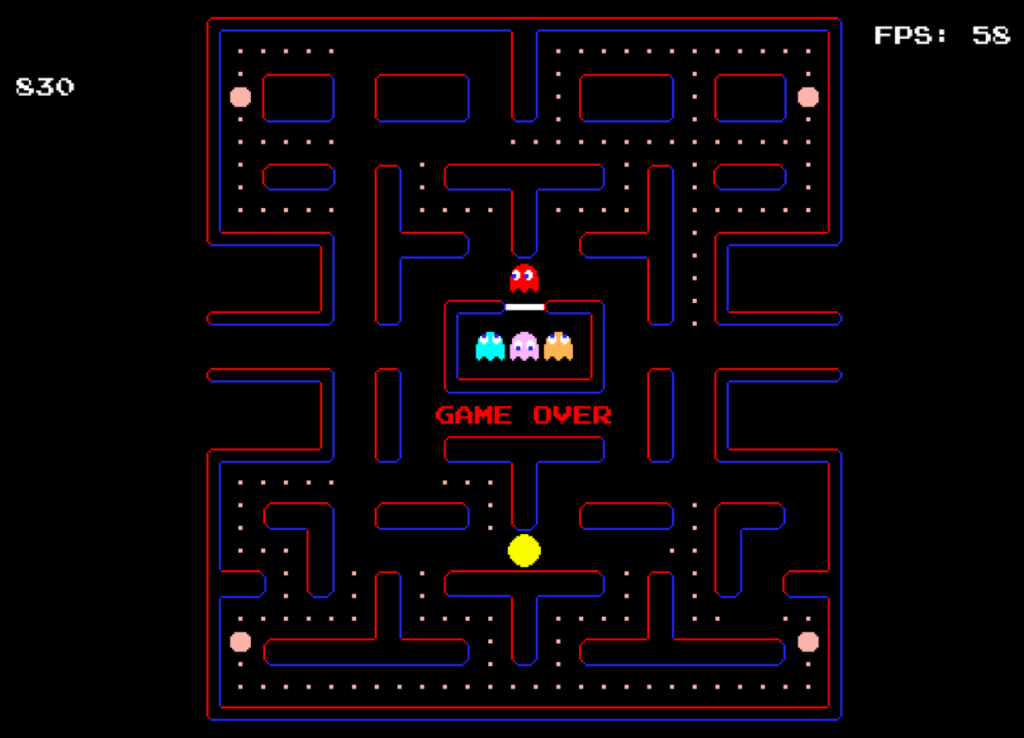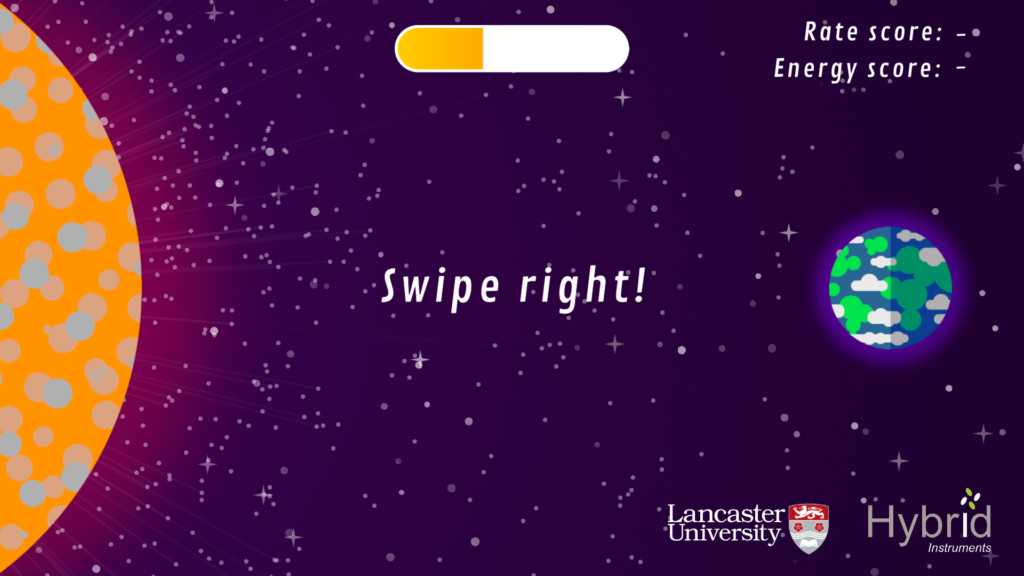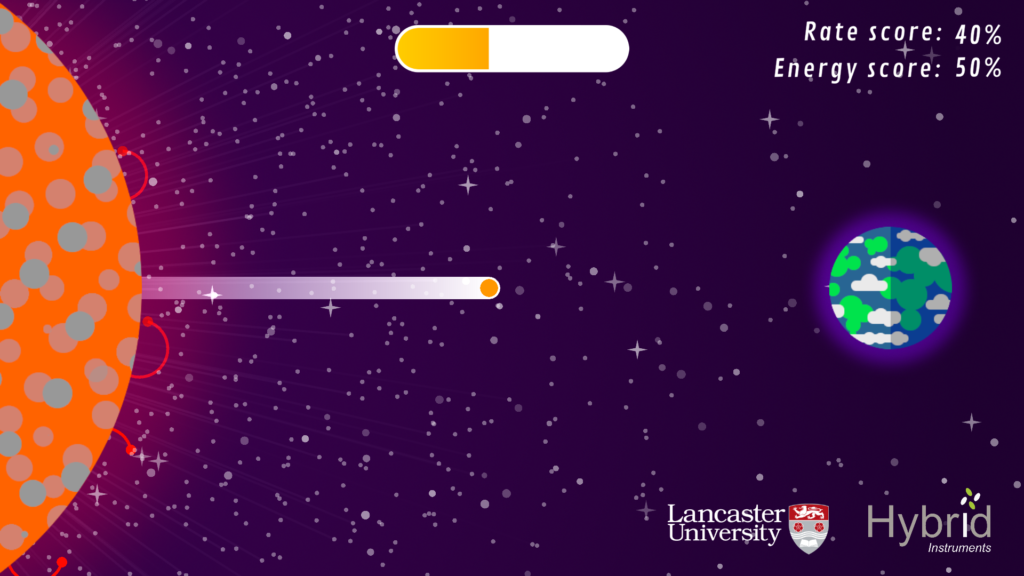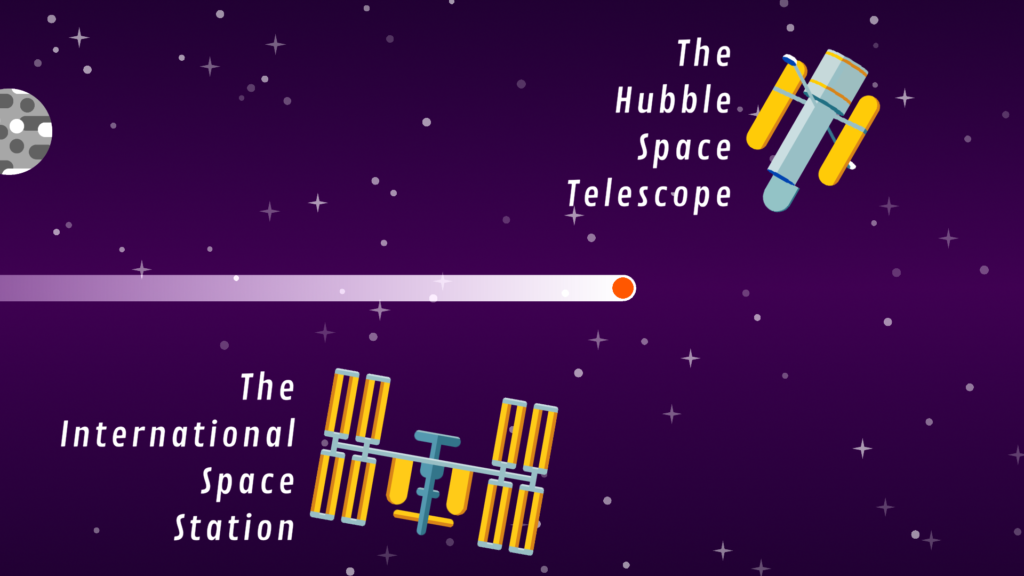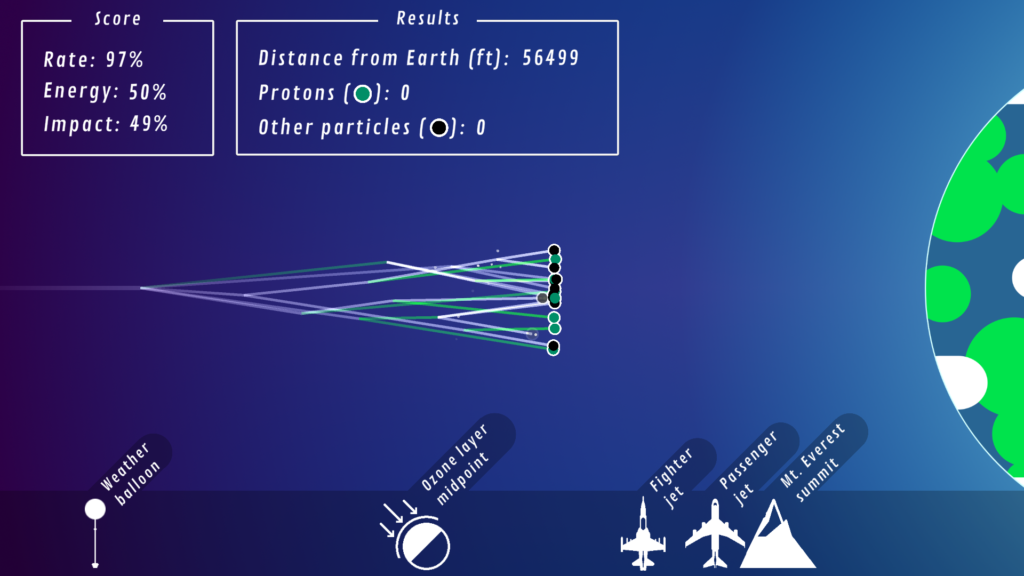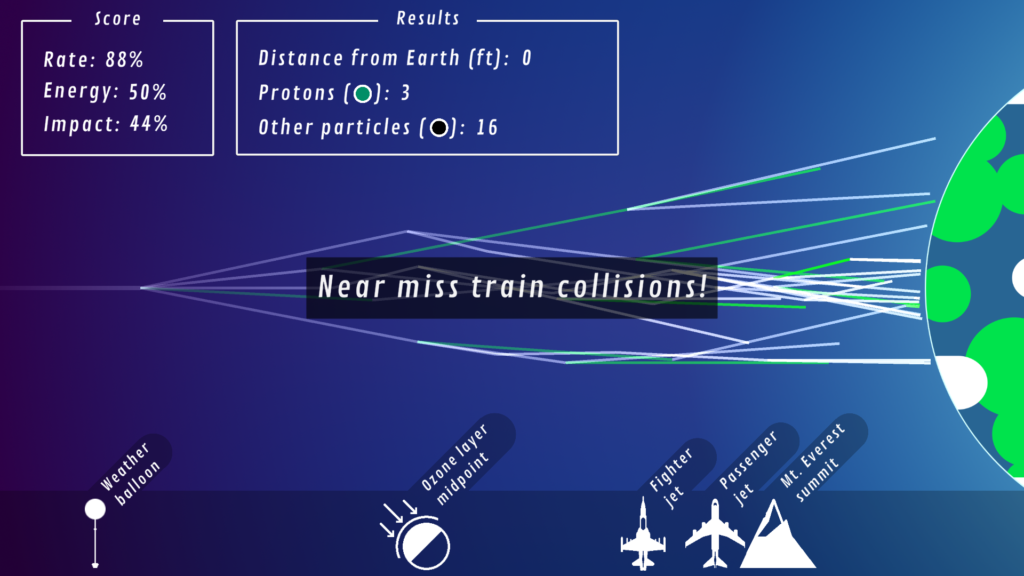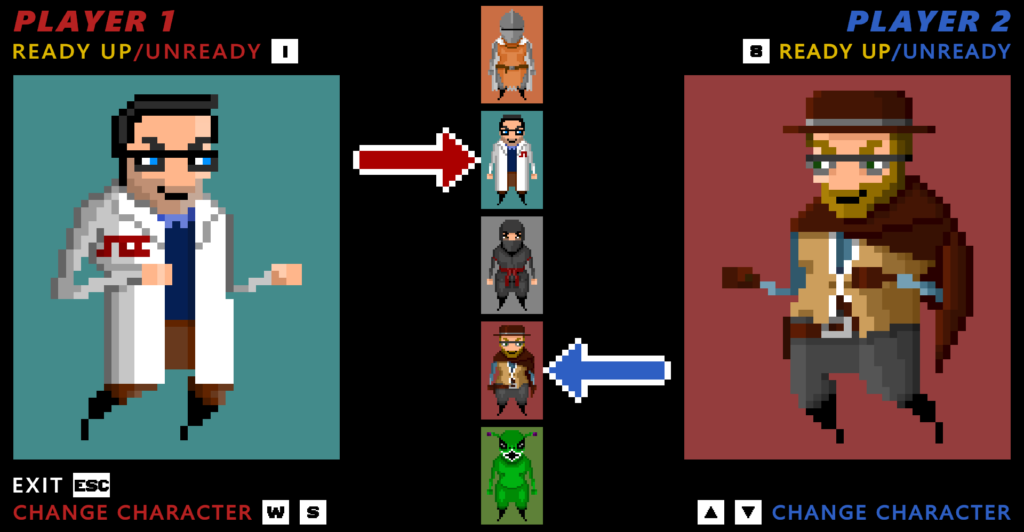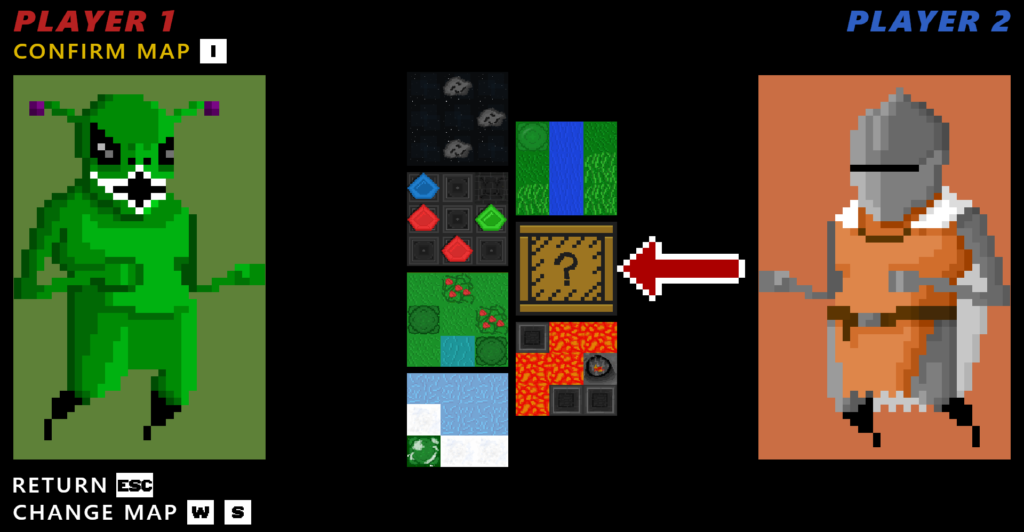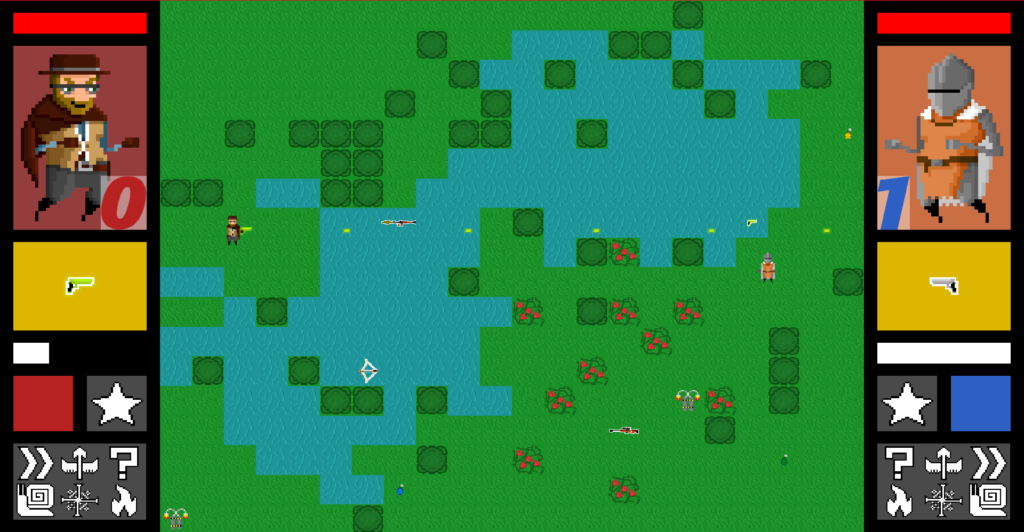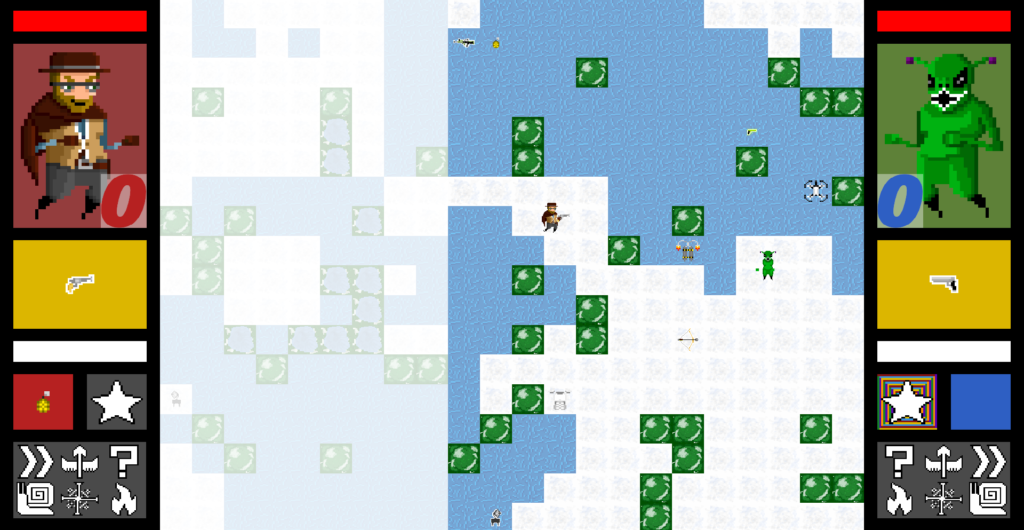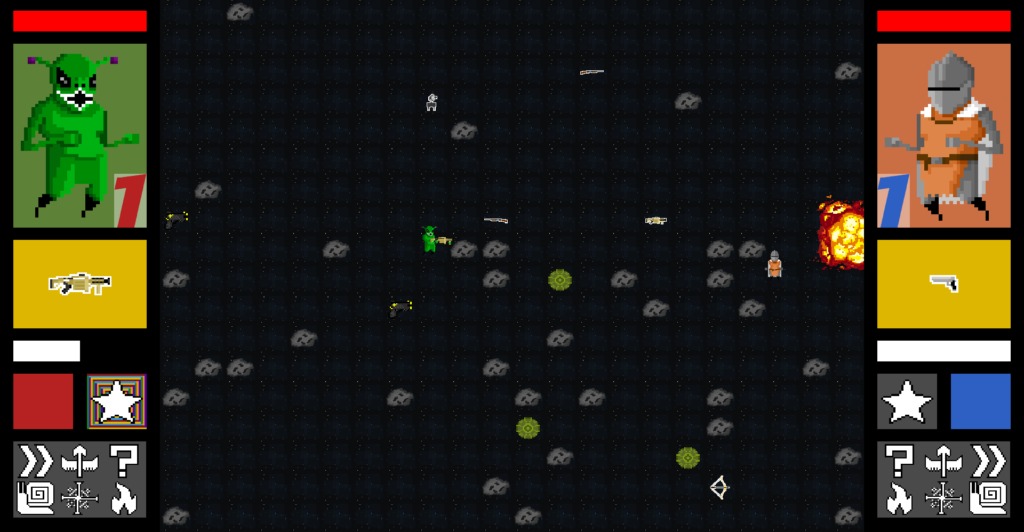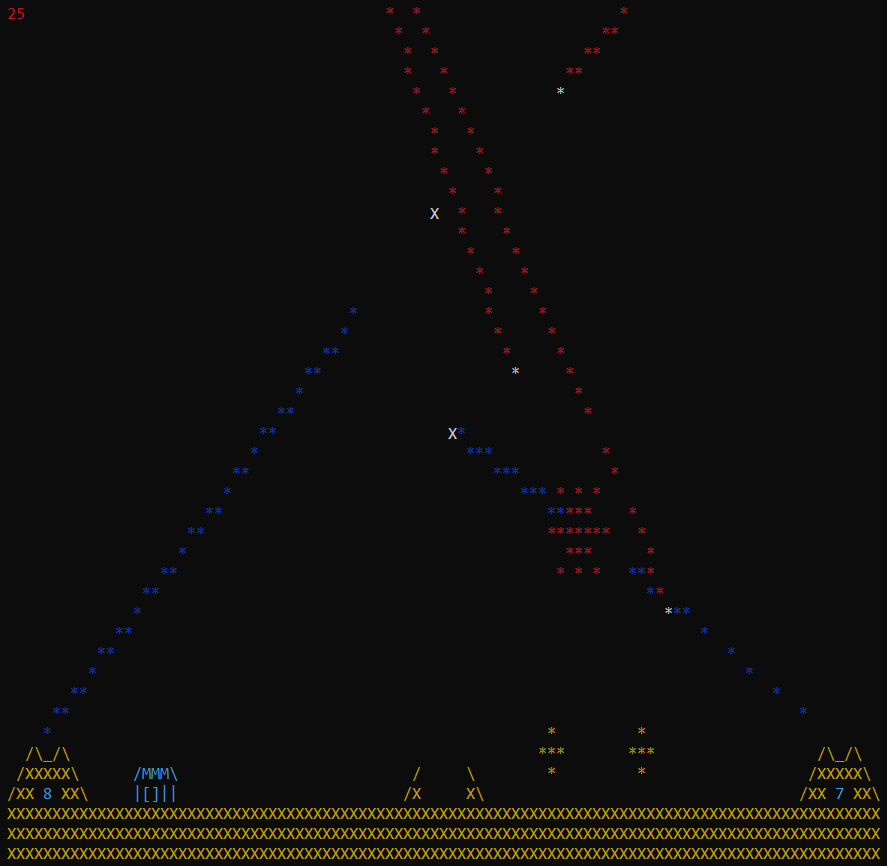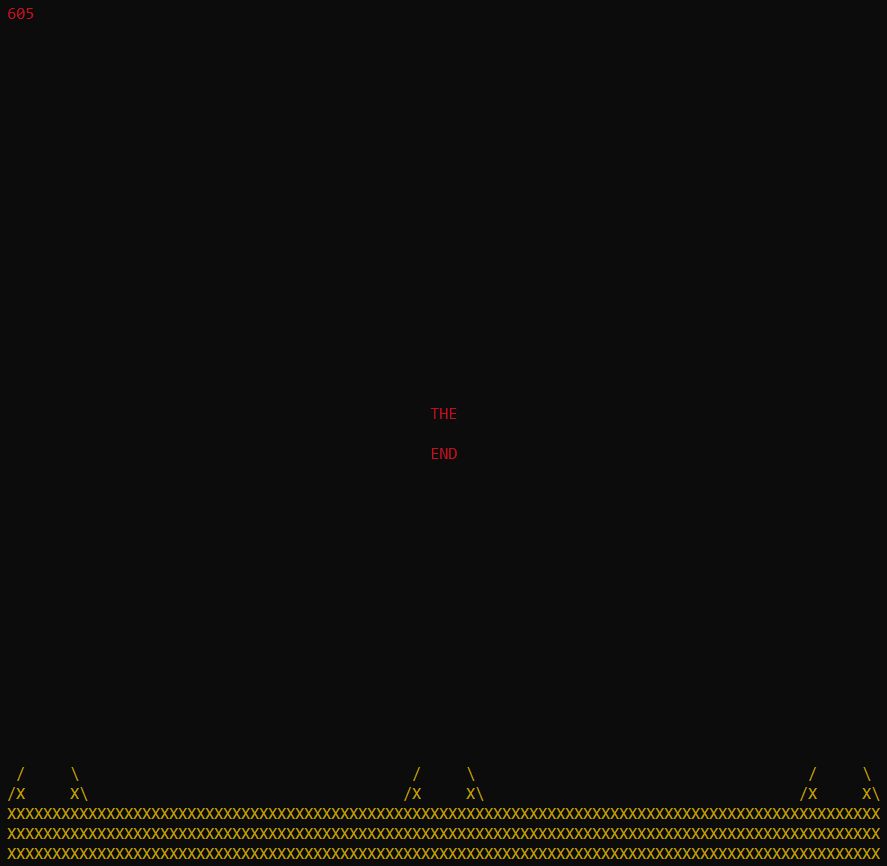JOSH
BRADLEY
technical
game
designer
About Me
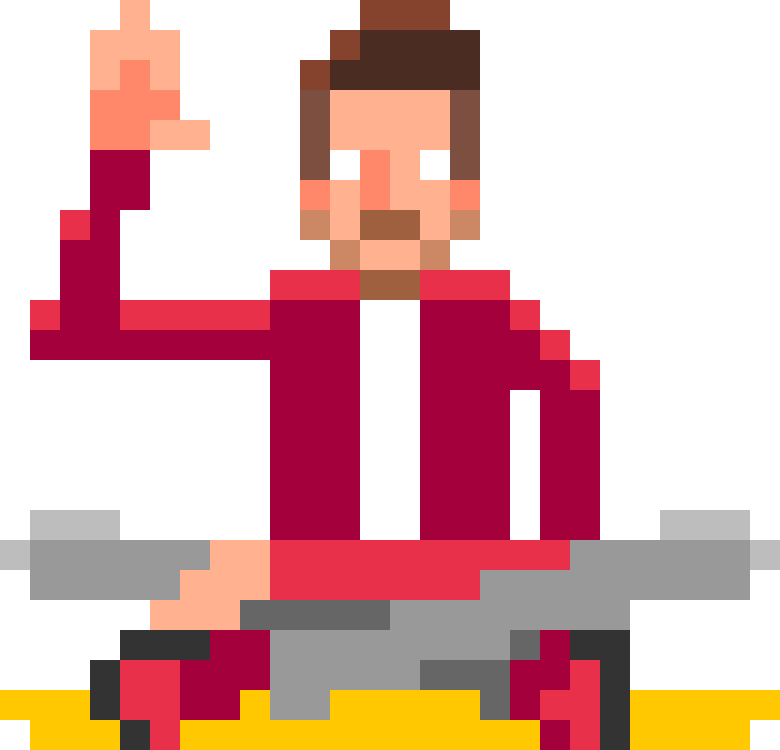
Hey! I'm Josh (he/him), a technical designer for video games based in Burnley, Lancashire.
In 2022, I graduated from Lancaster University achieving a Distinction in MSci (Hons) Computer Science and I'm seeking my first professional role in the gaming industry as an entry level Gameplay Programmer.
I'm passionate about design, particularly the various disciplines that encompass game design, and through my education I've developed a strong technical skill set that allows me to bring my design ideas into reality.
I'm in my element when I bridge the worlds of system design and implementation!
Hey! I’m Josh (he/him), a technical designer for video games based in Burnley, Lancashire.

In 2022, I graduated from Lancaster University achieving a Distinction in MSci Hons Computer Science and I’m seeking my first professional role in the gaming industry as an entry level Gameplay Programmer.
I’m passionate about design, particularly the various disciplines that encompass game design, and through my education I’ve developed a strong technical skill set that allows me to bring my design ideas into reality.
I’m in my element when I bridge the worlds of system design and implementation!
I’m passionate about design, particularly the various disciplines that encompass game design, and through my education I’ve developed a strong technical skill set that allows me to bring my design ideas into reality.
I’m in my element when I bridge the worlds of system design and implementation!
Portfolio
Earthen Invocation, 2025. (Unreal/C++)
Overview
- Created a shipped feature for the game Samsara.
- Development time: 12 weeks.
- Made with Unreal, C++ and Unreal Blueprint Visual Scripting.
Contribution
- Full feature development.
- Creative input from designers and VFX artists.
Gameplay
- The player performs a powerful stamp, kicking up a boulder of earth from the ground. The boulder is then struck, splintering debris in a wide burst in front of the player.
- Designed as a method of crowd control – delivering relatively weak damage to health, but high damage to enemy poise.
Pac-Man Recreation, 2023. (C++)
Overview
- Recreation of Pac-Man (1980) by Namco.
- Eat all the dots while avoiding ghosts. Make ghosts vulnerable to temporarily go from hunted, to hunter.
- Development time: 8 weeks.
- Made with C++ and SDL2 for Windows.
Contribution
- Built from incomplete, undocumented and poorly designed/written skeleton code.
- The skeleton code was provided in a programming test, as part of a company’s hiring process.
- I received explicit permission from the test provider to add this project to my portfolio.
- Implemented the following features:
- Asset caching system
- Improved ghost movement
- Pellet blinking and ghost/pac-man sprite updates
- Tunnel teleporting from one side of the map to the other
- Increased ghost count from one to four
- Improved UI, including representing the number of lives with Pac-Man sprites
- Major code refactoring for optimisation, improved structure and readability
- Full documentation
Gameplay
- The player’s aim is to eat all of the dots on the map to win the game, while scoring as many points as possible.
- The player starts the game with three lives and they lose the game if all lives have been lost.
- A life is lost if the player hits an invulnerable ghost.
- Eat a large flashing dot to temporarily makes ghosts vulnerable.
- Ghosts that have been hit while vulnerable immediately return to their base for revival.
- Points are earned by eating dots and hitting vulnerable ghosts.
Particle Pinball Machine, 2022. (Unity/C#)
Overview
- Visualises the emission of solar radiation, and particle scattering due to atmospheric interaction.
- Development time: 6 months.
- Made with Unity and C# for Windows and Linux.
- Integrates Microsoft Kinect V2 interaction for gesture control.
- Showcased publicly at the Royal Society’s Summer Science Exhibition 2022.
Contribution
- Full project development.
Gameplay
- The player’s aim is to maximise the number of particle-Earth collisions.
- Achieved through optimising the following two mechanisms:
- Swiping across the body as quickly as possible.
- Timing the swipe so that the Sun is in its most energetic state – signified by the bar at the top of the viewport.
- The mechanisms affect the “Rate score” and “Energy score” values.
- The score values directly impact the scale of the particle scattering event, and as a result the number of particle-Earth collisions.
Time Break, 2020. (Java)
Overview
- Local PvP battle arena with large gameplay variety and fast-paced action.
- Development time: 14 weeks.
- Made with Java and JSFML for Linux.
Contribution
- Developed in a team of five, using Git to coordinate development.
- Equal contribution in pre-production.
- Full visual and UI design, artwork creation & integration (excluding environment art).
- A significant portion of gameplay programming.
Gameplay
- The player’s aim is to be the first competitor to win three rounds.
- A round is won when you deplete your opponent’s health bar. Damage can be dealt via:
- Weapon fire.
- Item activation.
- Environmental hazards.
- A diverse roster of unique weapons, items, maps and characters provide large gameplay variety.
- More information is provided in the manual, avaible in the project repository.
Missile Command Recreation, 2019. (C)
Overview
- Recreation of Missile Command (1980) by Atari.
- Protect civilisation from enemy missile barrages by intercepting them with counter-missiles.
- Development time: 5 weeks.
- Made with C and PDCurses for Windows.
Contribution
- Full project development.
Gameplay
- The player’s aim is to earn as many points as possible before the game is over.
- Enemy missiles target missile bases (yellow) and cities (cyan) each round.
- The player must protect bases and cities by intercepting enemy missiles with their own.
- The game is over when all cities are destroyed.
- Points are awarded for missile efficiency and bases/cities preserved each round.
- An enemy missile can fragment, spawning a new missile, if it is not intercepted quickly.
Contact
- joshuapbradley73@gmail.com
- 07570101131
- www.linkedin.com/in/joshua-bradley13
- joshuapbradley73@gmail.com
- 07570101131
- linkedin.com/in/joshua-bradley13
- Burnley, Lancashire
